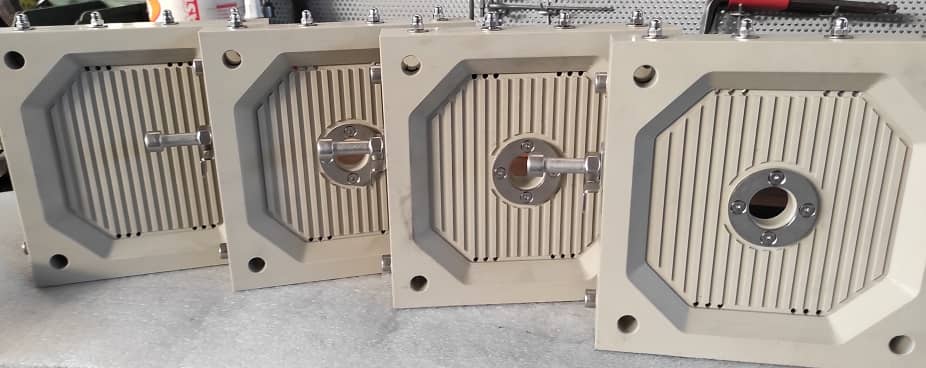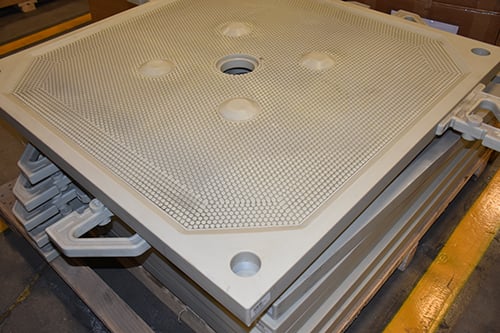Explore the benefits of using a filter plate press for solid-liquid separation in various industrial processes. This article delves into the working principle, advantages, and applications of this advanced filtration equipment. From wastewater treatment to chemical processing, the filter plate press offers high efficiency.
Understanding the Filter Plate Press
A filter plate press is a specialized filtration device that utilizes a series of filter plates and filter cloths to separate solids from liquids. The press applies pressure to the filter plates, forcing the liquid to pass through the filter cloth while retaining the solid particles.
Advantages of the Filter Plate Press
- High Filtration Efficiency:
- The filter plate press ensures efficient solid-liquid separation, resulting in clarified liquids and drier filter cakes.
- Precise Separation:
- This equipment provides precise control over the separation process, allowing for the removal of fine particles and impurities from the liquid stream.
- Cost Savings:
- The filter plate press minimizes water consumption and reduces waste disposal costs by producing drier filter cakes that require less handling and disposal.
- Versatile Applications:
- The filter plate press finds applications in a wide range of industries, including wastewater treatment, mining, chemical processing, and pharmaceuticals.
Applications of the Filter Plate Press
- Wastewater Treatment:
- Filter plate presses are used in wastewater treatment plants to remove solids from the wastewater stream, producing clean water for discharge or reuse.
- Mining and Mineral Processing:
- In mining operations, filter plate presses help separate solids from slurry, allowing for the recovery of valuable minerals and the efficient disposal of tailings.
- Chemical Processing:
- The filter plate press plays a crucial role in chemical processing industries, facilitating the separation of solids from liquid chemicals, and ensuring purity and quality.

Example of Filter Plate Press Operation
- The slurry is pumped into the filter press chamber.
- The filter plates, coated with filter cloths, retain the solid particles while allowing the liquid to pass through.
- The press applies pressure, further dewatering the slurry and forming a filter cake.
- The clarified liquid is collected and discharged for further processing or reuse.
- The drier filter cake is removed from the filter plates for disposal or further treatment.
Choosing the Right Filter Plate Press
When selecting a filter plate press, consider factors such as filtration capacity, plate size, material compatibility, and automation options. Consult with filtration experts to determine the most suitable equipment for your specific application.
Conclusion
The filter plate press is a highly efficient and versatile solution for solid-liquid separation in industrial processes. With its precise separation capabilities and cost-saving benefits, this advanced filtration equipment is widely utilized in wastewater treatment, mining, and chemical processing. By incorporating a filter plate press into your operations, you can enhance productivity, improve process efficiency, and achieve higher-quality liquid outputs. Embrace this innovative technology to optimize your solid-liquid separation processes and drive success in your industry.
